Split systems Haier: characteristics, types and selection
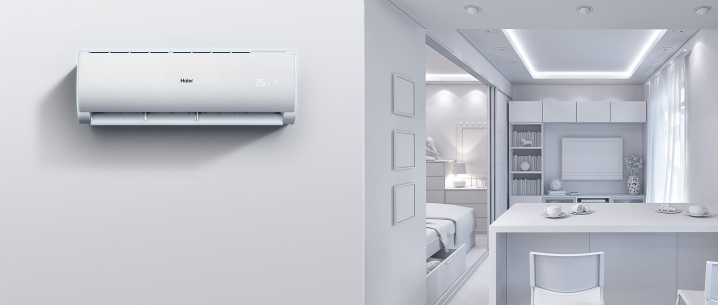
Today devices for creating a microclimate - air conditioners and split systems - have become an integral part of our life. And this is not surprising, because little fan or just an open window will be able to create really comfortable conditions during the terrible heat or cold. Due to the growing popularity of such types of equipment, more and more manufacturers appear on the market every year, and with them new equipment. It is very important to navigate among so many devices.
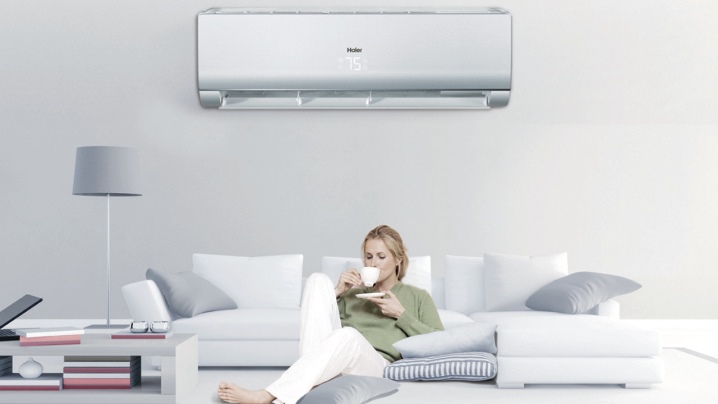
The article presents one of the best manufacturers of split-systems Haier, and also provides a rating of the best climatic devices of this company.
Features of split systems
Split systems, in fact, are the same air conditioners that consist of two compartments - indoor and outdoor. The main and main function of the air conditioner is air cooling. This process is carried out by transporting hot air from the room to the street and pumping in the already cooled one. All the action takes place through two interconnected blocks: external and internal. And also the split system has one more function - heating. It is carried out by taking air from the street and then heating it inside the system.
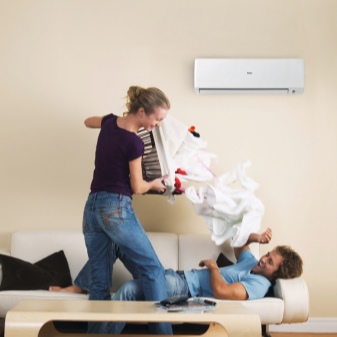
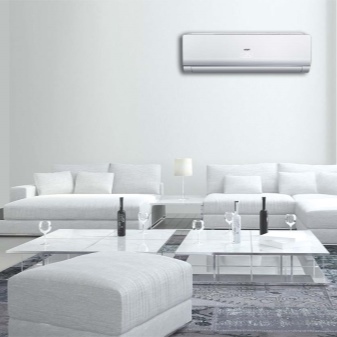
In this mode, freon is neutralized in the external unit, while the heating elements begin to work in the internal unit, thereby increasing the temperature in the room.
The complete set of split systems may be different and depend on the type of a particular model: the inner compartment can be fixed to the ceiling, wall, just stand on the floor or be placed in the corner of the room. Additional elements in the form of a control panel, temperature sensors, small-size liquid crystal screens also have a different arrangement and shape depending on the type of split system.
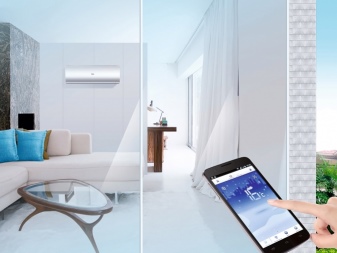
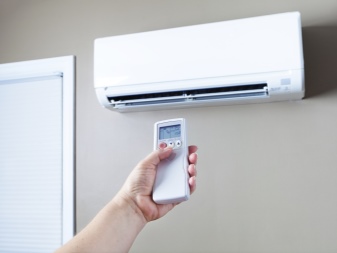
The external components of the system are mainly located on the outside of facades, balconies, roofs. Between the two compartments of the split system, in addition to various electrical connections, a special drainage line is installed, which, under the action of injection pumps, transfers air from one part to another. The pumps themselves are placed in an external unit in order to reduce the noise level inside the air-conditioned room.
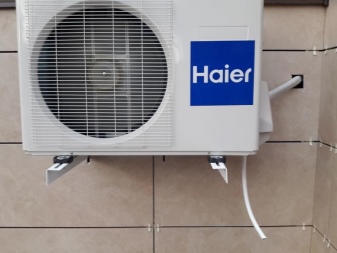
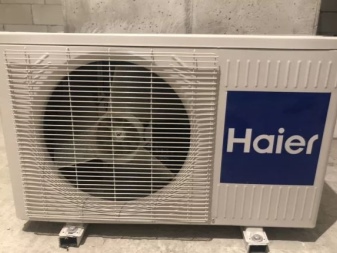
Varieties
In general, split systems have a fairly large number of different variations, but all of them can be divided into two main groups: duct and industrial air conditioners. Duct split systems are semi-industrial, household equipment installed in rooms with a small area. Usually, duct air conditioners are placed in hidden places where the noise of the robots of the device will not disturb people. Typically, such places are pantries, service areas, free space under the ceilings, and so on.


It is better to entrust it to professionals to correctly calculate the volume of air conditioning, since incorrect installation and adjustment can significantly reduce the efficiency of the air conditioner. The main unit is located on the facade of the building, with copper or nickel pipes connected to the inside of it, through which a cooling refrigerant composition is constantly supplied. Often, additional blowers are connected to such systems to the outside for greater absorption of air from the street.
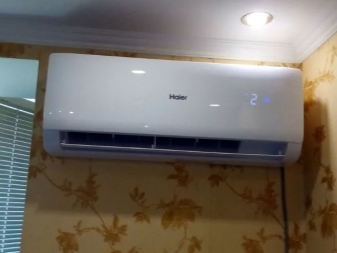

Industrial split systems are important components of complete ventilation structures. Industrial air conditioners are installed in places with a large area where good air circulation is required at all times. These split systems can be found in offices, factories, factories, schools and even hospitals. Such air conditioners are mounted under the ceiling in the system of blocks, the distance between which must be kept in the range from 1.6 to 2 meters. External blocks of such devices are located on the roofs of buildings. Powerful paddle fans suck in air, which is filtered through a network of pipes and special solutions.
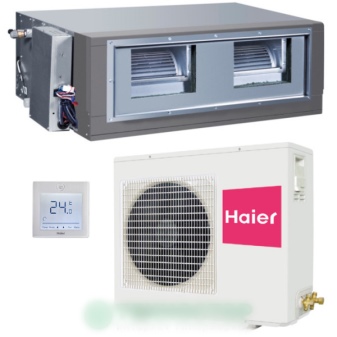
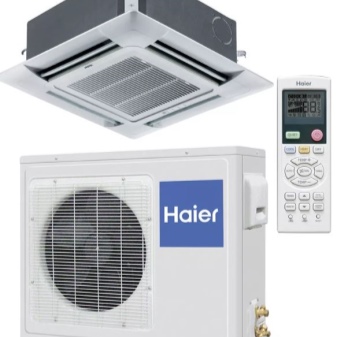
Also, inverter climate systems are distinguished, in which it is possible to adjust the rotation speed of the compressor motor. Duct split systems are divided into household air conditioners - Room Air Conditions and semi-industrial - Packages Air Conditions.
In turn, household air conditioners can be of several types.
- Window. As you might guess, such air conditioners are mounted directly into the windows and represent one integral unit in which air is drawn in and cooled at the same time. Split window systems are great for air conditioning one room. And its installation does not require any special skills.
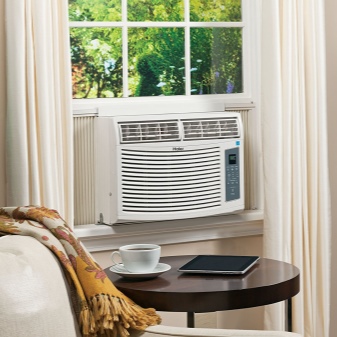
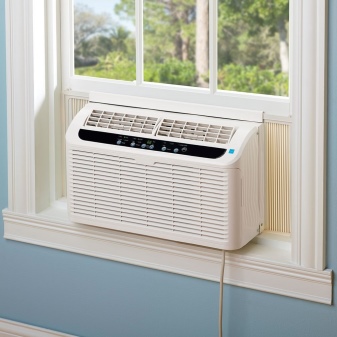
- Ceiling. The system is placed under the ceiling, from where the device can cover a large air conditioning area. Consists of outdoor and indoor units. If the power of the pumps and fans allows, then such a split system can be used to condition a small office or hall.

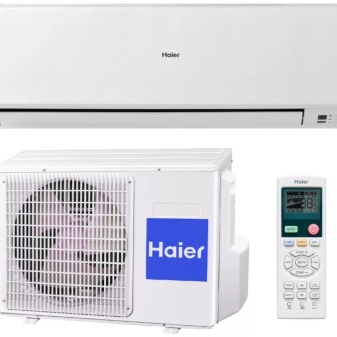
- Multi-split systems / VRF. This system is notable for the fact that several indoor units can be connected to the outdoor unit at the same time. It helps a lot when it is necessary to install an air conditioner in several rooms, but it is not possible to install a new outdoor unit every time. At the same time, the power of this unit is independent of the number of devices connected to it and remains constant.
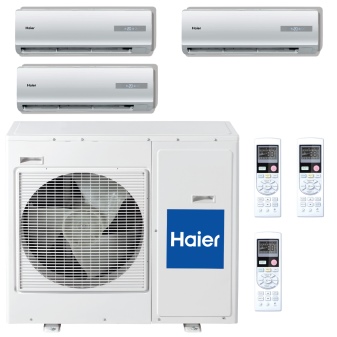
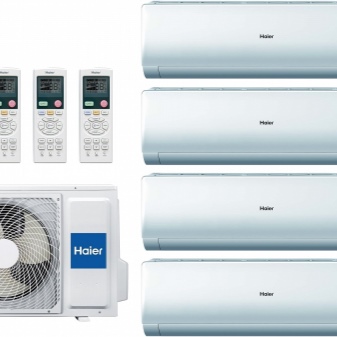
- Mobile. Air conditioners suitable for people who change their location frequently. A mobile air conditioner is a small unit that combines cooling-heating and air intake elements. Such a split system is easy to operate, but more importantly, it is completely compact and easy to transport.
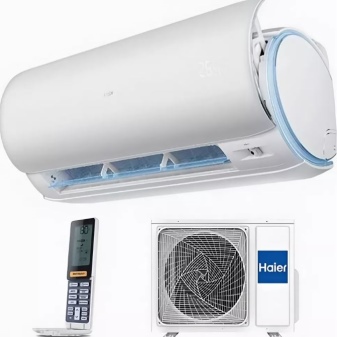

Subtleties of operation
If you follow the simple rules of use, then you can not only save the life of your device, but also prolong it:
- during the operation of the device, do not forget to close the windows, because due to the supply of additional air, the system has to work more intensively, which accelerates wear;
- avoid direct sunlight on the inner compartment of the air conditioner;
- Carry out a full technical inspection approximately once every 2 years;
- clean and change filters regularly;
- try not to use the air conditioner during bad weather;
- leave free space in front of the split system to protect the device from overheating.
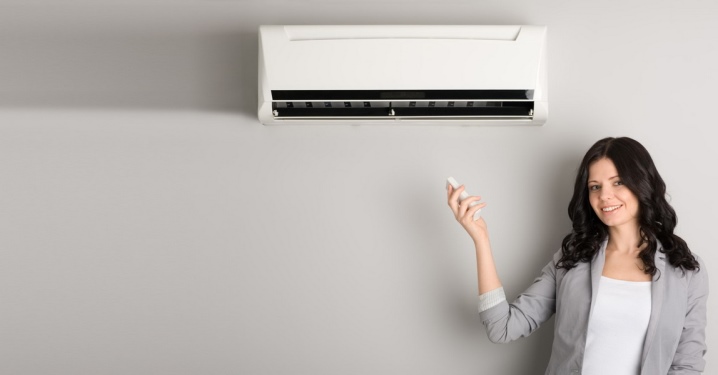
The lineup
Here we have provided a rating of the best split systems with their characteristics from the Haire company. HSU-09HTM03 / R2:
- view - wall-mounted;
- total length of connections - 16.6 m;
- energy consumption level - D;
- air pressure force - 9.44 cubic meters m / min;
- power - 2522 W;
- electricity consumption (heating) - 899 W;
- electricity consumption (cooling) - 885 W;
- forced ventilation; drainage; remote controller; on / off timer - present;
- noise - 25 dB / 35 dB;
- freon - R 520A;
- fan speed - 4;
- minimum temperature for work -8 ° С;
- internal compartment weight - 8.5 kg;
- external compartment weight - 23 kg.
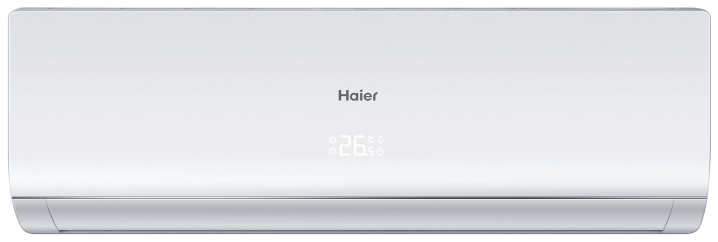
HSU-12HTM03 / R2:
- view - wall-mounted;
- total length of connections - 16 m;
- energy consumption level - D;
- air pressure force - 10 cubic meters m / min;
- power - 4233 W;
- electricity consumption (heating) - 870 W;
- electricity consumption (cooling) - 900 W;
- there is no supply ventilation;
- drainage; remote controller; on / off timer - present;
- noise - 40 dB / 36 dB;
- freon - R 520A;
- fan speed - 4;
- minimum operating temperature -10 ° С;
- internal compartment weight - 9.8 kg;
- the weight of the outer compartment is 28 kg.
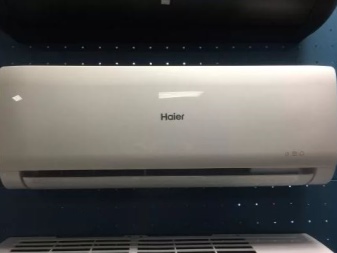
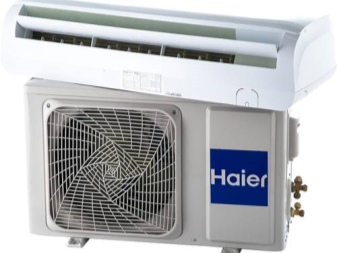
HSU-07HTM04 / R2:
- view - wall-mounted;
- total length of connections - 17 m;
- energy consumption level - D;
- air pressure force - 8 cu. m / min;
- power - 2200 W;
- electricity consumption (heating) - 740 W;
- electricity consumption (cooling) - 650 W;
- there is no supply ventilation;
- drainage; remote controller; on / off timer - present;
- noise - 27 dB / 40 dB;
- freon - R 520A;
- fan speed - 2;
- minimum temperature for work -9 ° С;
- internal compartment weight - 10 kg;
- the weight of the outer compartment is 19 kg.
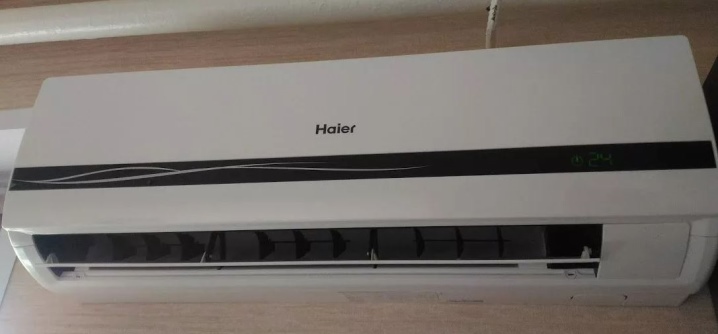
HSU-07HTM03 / R2:
- view - wall-mounted;
- total length of connections - 13 m;
- energy consumption level - AA;
- air pressure force - 16 cu. m / min;
- power - 4320 W;
- electricity consumption (heating) - 980 W;
- electricity consumption (cooling) - 895 W;
- there is no supply ventilation;
- drainage; remote controller; on / off timer - present;
- noise - 38 dB / 35 dB;
- freon - R 560B;
- fan speed - 4;
- minimum operating temperature -10 ° С;
- internal compartment weight - 15 kg;
- the weight of the outer compartment is 43 kg.
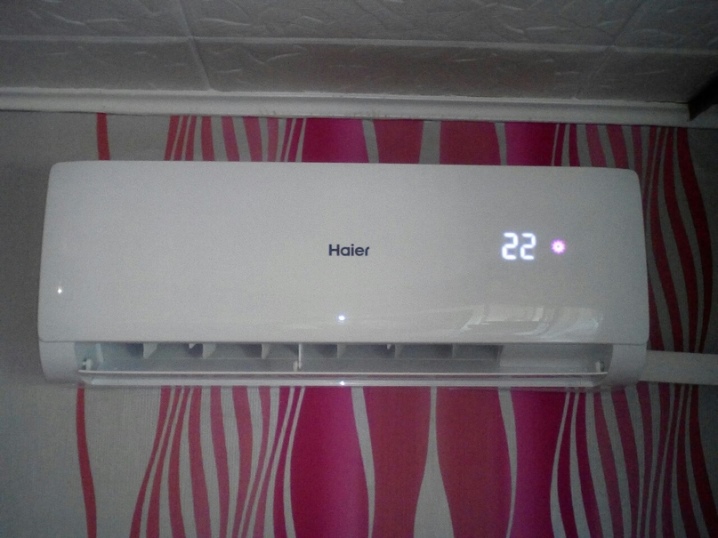
HSU-07HMD203 / R2:
- view - wall-mounted;
- total length of connections - 22 m;
- energy consumption level - B;
- air pressure force - 9.5 cubic meters m / min;
- power - 3000 W;
- electricity consumption (heating) - 700 W;
- electricity consumption (cooling) - 800 W;
- supply ventilation - absent;
- dehumidification - present;
- remote control - present;
- on / off timer - present;
- noise - 28 dB / 40 dB;
- freon - R 439A;
- fan speed - 4;
- the minimum temperature for work is -6 ° С;
- internal compartment weight - 10 kg;
- outer compartment weight - 20 kg;
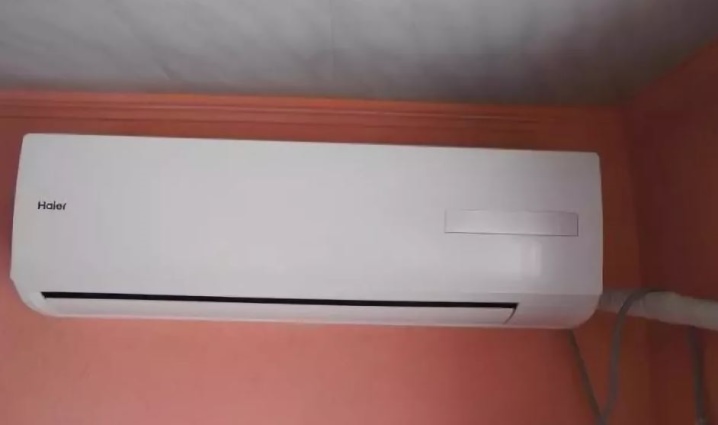
HSU-09HTL103 / R2:
- view - wall-mounted;
- total length of connections -10 m;
- energy consumption level - D;
- air pressure force - 15 cubic meters. m / min;
- power - 2000 W;
- electricity consumption (heating) - 970 W;
- electricity consumption (cooling) - 880 W;
- forced ventilation; remote control - present;
- drainage; on / off timer - absent;
- noise - 10 dB / 30 dB;
- freon - R 455B;
- fan speed - 3;
- minimum operating temperature -12 ° С;
- internal compartment weight - 14 kg;
- the weight of the outer compartment is 29 kg.

Review overview
According to customer reviews, we can conclude that the models presented above are excellent for air conditioning of premises of different sizes. The assembly of the devices itself remains at the highest level, since the manufacturer carefully follows all modern quality standards and takes care of its customers. The defect rate is minimal, and if such precedents are found, then the company tries to eliminate all problems as soon as possible by compensation or replacement.
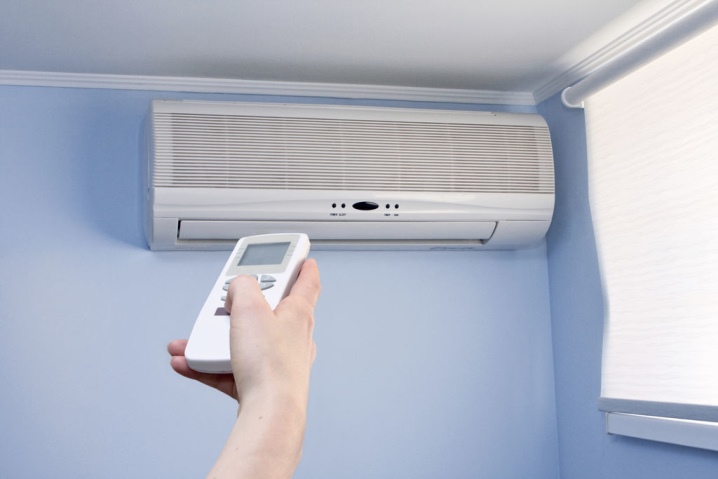
This range of split systems, following the reviews, also helps to save on electricity due to its moderate consumption by the listed air conditioners. Another thing to add about the quality of the cooling and heating itself. Split systems can normalize the room temperature in about 15-20 minutes with the ability to control the strength of the flow, which will protect you from the risk of accidentally catching a cold due to the air conditioner during its operation.

As for the specialists, they all agree on one thing - air conditioners have a large number of advantages: high energy efficiency, almost complete absence of noise during operation, rapid temperature change, simple operation and pleasant design.

The only significant disadvantage experts endure is the problem of the frequent need to clean and replace filters, which are only enough for about 2 weeks of continuous use.
How to choose?
Choosing an air conditioner is not an easy and important task, in which it is easy to make a mistake, but by carefully following certain rules, you can reduce the chances of error to a minimum.
- Before going to the store, be sure to calculate the capacity of the air conditioner relative to the area where you will directly install it. This requires two special formulas. Q1 = S * h * q / 1000, where:
- S is the area of the room in meters;
- h is the height of the ceilings;
- q is the illuminance factor, where 30 is for shady rooms, 35 is for places with medium illumination and 40 for rooms with a lot of light.
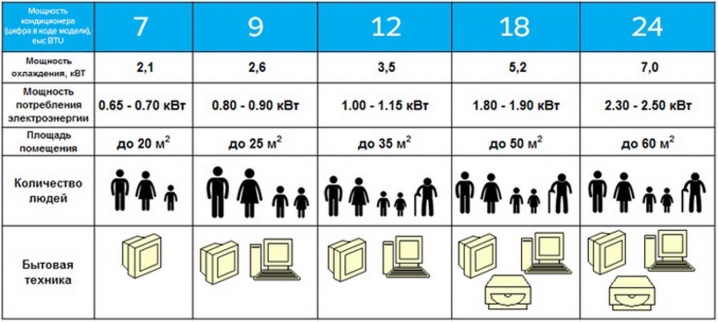
- Q = Q1 + Q2 + Q3.
- Q1 is a number showing the power of the device for an empty room with windows.
- Q2 is a value that displays additional heat sources in the form of people who are constantly in the room. 0.3 kW is charged for each individual person.
- Q3 is a value that displays additional heat sources coming from gas or electrical appliances. Take 0.2–0.5 kW for each individual device. The larger it is, the larger the number.
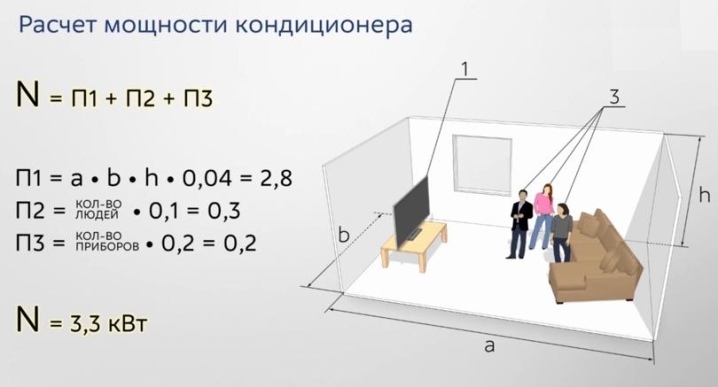
- After you have calculated the power, during the purchase itself, pay attention to the condition of the fan blades in the outdoor unit. There should be no cracks on them, the material of manufacture should be thick and strong. Better to give preference to durable polymer plastic or lightweight metal alloys.
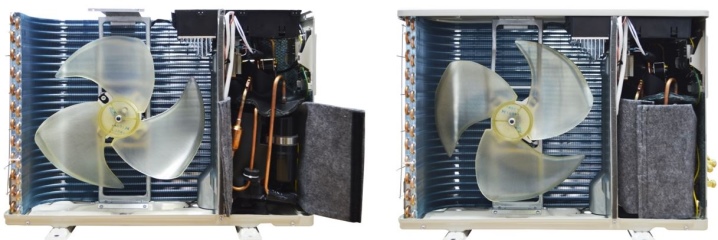
- It is better to choose air conditioners with air purification function. They are equipped with additional filters with an absorbing nano-coating, which prevents bacteria from multiplying inside the device.
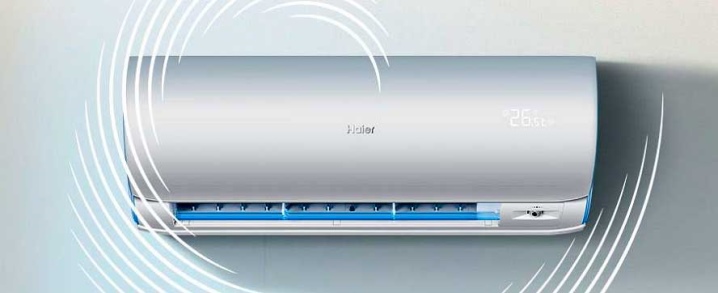
- Ask the store to measure the noise level. For comfortable use, its level cannot exceed 40 decibels. This is comparable to the whisper of a person or the light rustling of leaves.
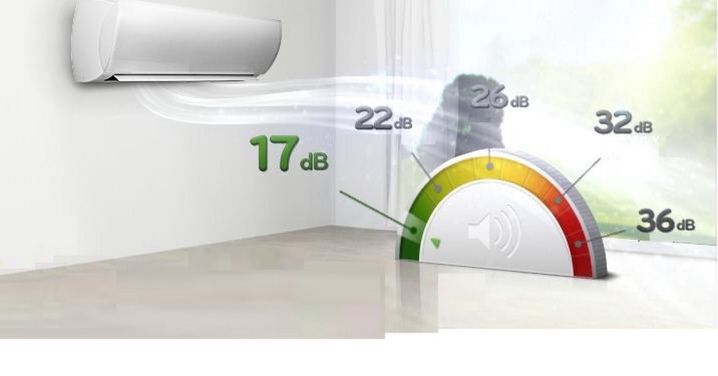
See below for more details.













The comment was sent successfully.